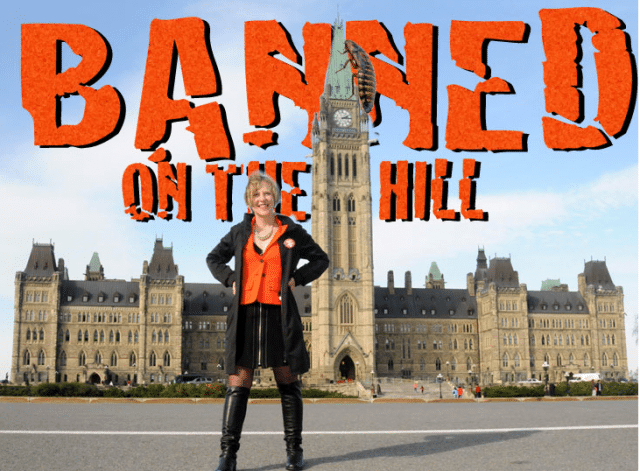Andy Revkin has a great interview with Canadian artist Franke James on his Dot Earth blog at The New York Times.
DeSmogBlog previously covered the harrasment and censorship that Franke James says she experienced at the hands of the Harper government, which worked in strangely aggressive ways to block the 20-city European tour of a climate change art exhibit that included her work. Apparently the Harper government does not appreciate the fact that Franke’s artwork over the years has been highly critical of the Canadian government’s failure to address climate change.
Revkin’s piece, Canada’s Approach to Inconvenient Art, includes an interview with Franke that is definitely worth reading. Franke provides some updates about the results from her Freedom of Information requests to the Harper government, including the news that:
This week, the Green Party of Canada submitted a formal order question to Parliament. See number 380. The Canadian Government has 45 days to respond in writing.
Franke James explains to Revkin that:
Jeremy Wallace, Deputy Director of Climate Change at DFAIT, deemed my artwork “not be consistent with our interests and approach … and [that it] would in fact run counter to Canada’s interests more broadly.”
In new ATIP [Access to Information and Privacy Act] documents received this week, one email from an Ambassador’s office is particularly interesting as it singles out my Fat Cat Canada essay as the reason my art show should not get Canadian government support. (This is an infringement of my charter right to freedom of expression.)
In case you missed it earlier, here is Franke’s four-minute “Banned on the Hill” video explaining the whole bizarre situation:
Subscribe to our newsletter
Stay up to date with DeSmog news and alerts






